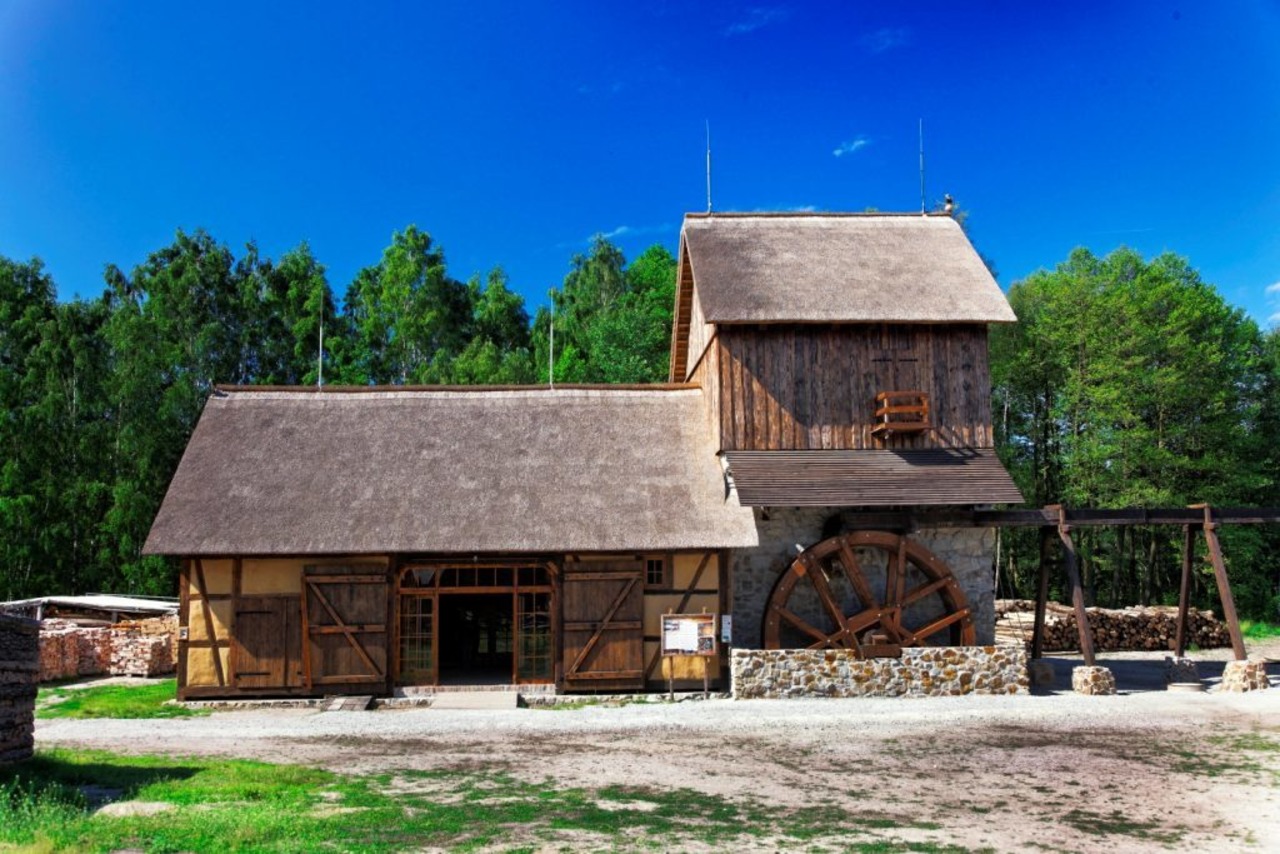The legend of the well-known Sorbian sorcerer Krabat has its origins in Groß Särchen, a district of Lohsa. The novel “Mišter Krabat” (Master Krabat) by Měrćin Nowak-Njechorński and the story “Čorny młyn” (The Black Mill) by Jurij Brězan are only two versions of this myth-enshrouded legend. However, it was the screen adaptation “Krabat”, based on Otfried Preußler’s novel of the same name, that introduced the sorcerer to audiences well beyond the borders of Lusatia. Krabat actually did make history in Groß Särchen. This is where the Croatian colonel Johann von Schadowitz, known as Krabat, lived and worked from 1691 onwards. He was given the outlying estate of Groß Särchen as a retirement home in recognition of his services to the court of the Elector of Saxony. According to the stories, v. Schadowitz was a charismatic man and unusually popular. His Croatian mother tongue enabled him to understand and speak Sorbian. The fact that the ruler communicated with the people, and that in their own tongue, already led to the creation of the myth of Krabat within his own lifetime. Thus, in his hour of death, his soul left the building and the village in the form of a swan. The name and embossing of the old inn “Zum Schwan” still echoes this story. The lovingly reconstructed three-sided farm “Krabat's Neues Vorwerk” conveys much worth knowing about Krabat, Sorbia and Lusatia.
A visit to the nearby Energiefabrik in neighbouring Knappenrode is recommended at this point. The site and factory were built around 100 years ago, directly at the mine development – the opencast mine Werminghoff I. An imposing complex monument of rural industrial culture in Lusatia. The museum is dedicated to the history and future of the “old mining area”. Many events and special exhibitions attract young and old alike to the spacious grounds. The museum is open all year round.

